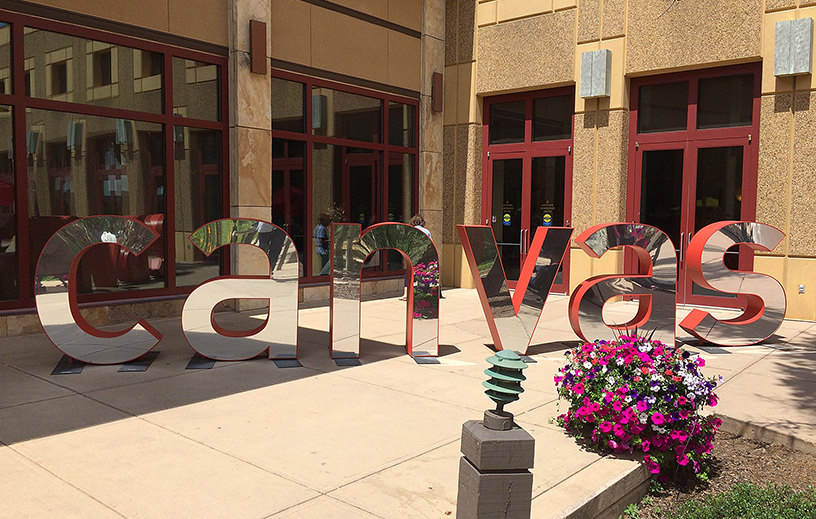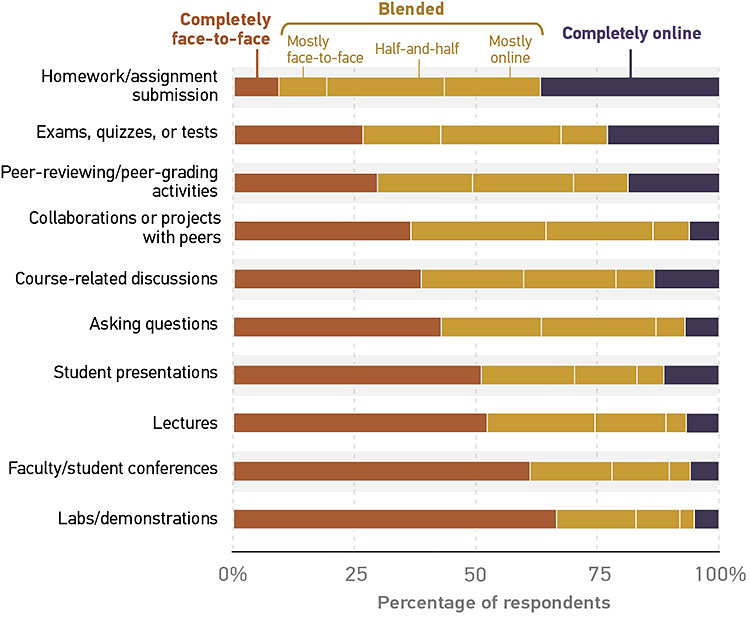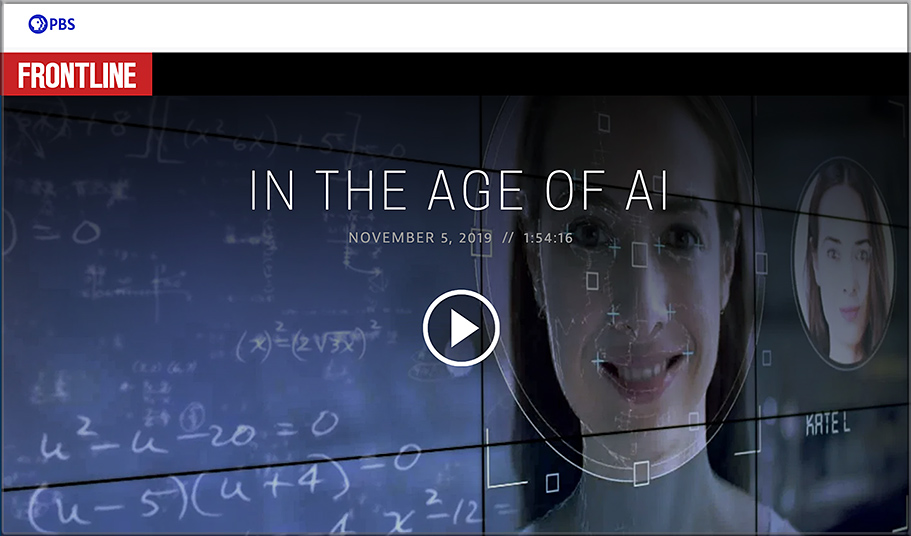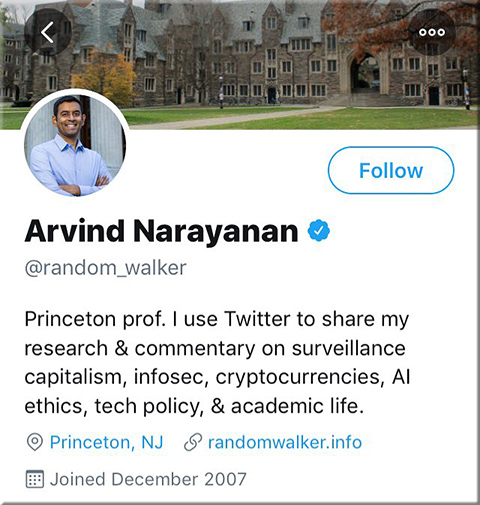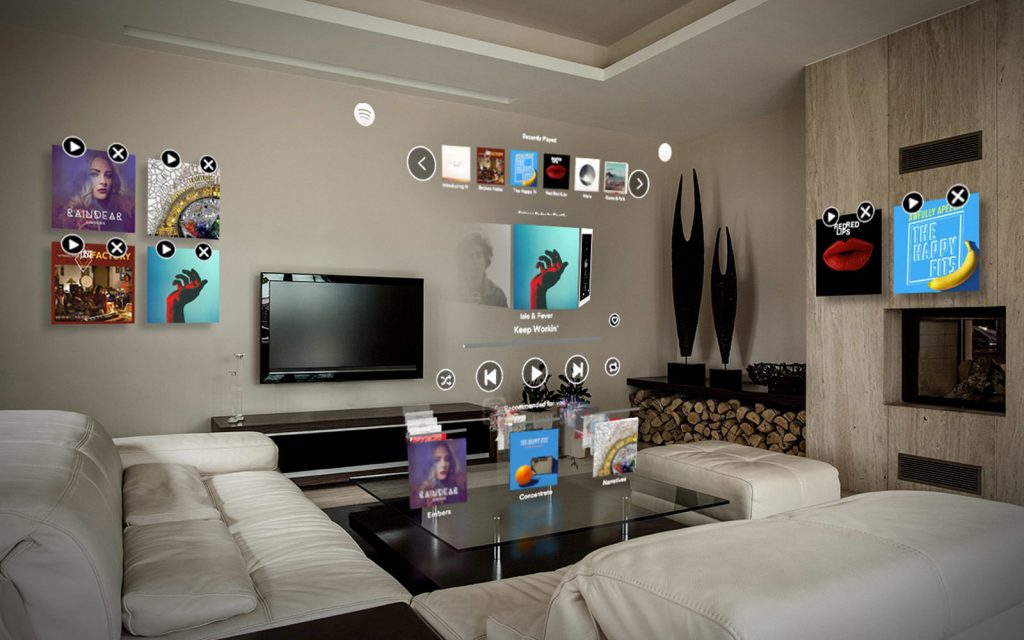Considering AI in hiring? As its use grows, so do the legal implications for employers. — from forbes.com by Alonzo Martinez; with thanks to Paul Czarapata for his posting on Twitter on this
Excerpt:
As employers grapple with a widespread labor shortage, more are turning to artificial intelligence tools in their search for qualified candidates.
Hiring managers are using increasingly sophisticated AI solutions to streamline large parts of the hiring process. The tools scrape online job boards and evaluate applications to identify the best fits. They can even stage entire online interviews and scan everything from word choice to facial expressions before recommending the most qualified prospects.
But as the use of AI in hiring grows, so do the legal issues surrounding it. Critics are raising alarms that these platforms could lead to discriminatory hiring practices. State and federal lawmakers are passing or debating new laws to regulate them. And that means organizations that implement these AI solutions must not only stay abreast of new laws, but also look at their hiring practices to ensure they don’t run into legal trouble when they deploy them.











